Dr Jamin Ali
Foreign Research Expert, College of Plant Protection
University of Keele
Jilin Agricultural University
Biography
As an applied entomologist specialising in Chemical Ecology, my research insect-plant interaction, by exploring induced plant defense mechanisms, I strive to pioneer innovative solutions for Integrated Pest Management, contributing to sustainable Pest Management practices. My expertise lies in harnessing the power of semiochemicals to develop novel tools, ensuring the effective and environmentally conscious management of phytophagous insect pests across diverse agricultural landscape.
Download my resumé.
- Chemical Ecology
- Insect-Plant Interaction
- Induced Plant Defence
- Biological Control
- Integrated Pest Management
-
PhD Chemical Ecology (Applied Entomology), 2022
Keele University, Staffordshire, UK
-
Master of Science in Zoology (Entomology), 2016
Aligarh Muslim University, India
-
Bachelor of Science in Zoology (Hons.), 2014
Aligarh Muslim University, India
Projects
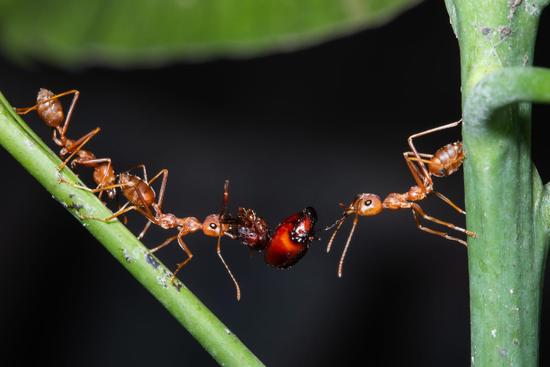
Collection and Identification of Ants around the A.M.U. Campus Aligarh, India.
Ants are eusocial insects of the family Formicidae and, along with the related wasps and bees, belong to the order Hymenoptera.
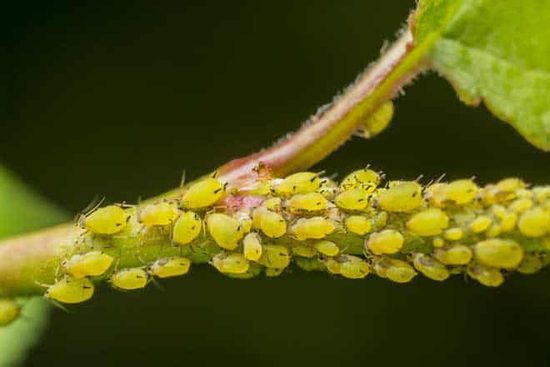
The chemical ecology of a model aphid pest, Myzus persicae, and its natural enemies
The peach-potato aphid, Myzus persicae, has a very short generation time, high reproductive rate and can spread easily.
Featured Publications
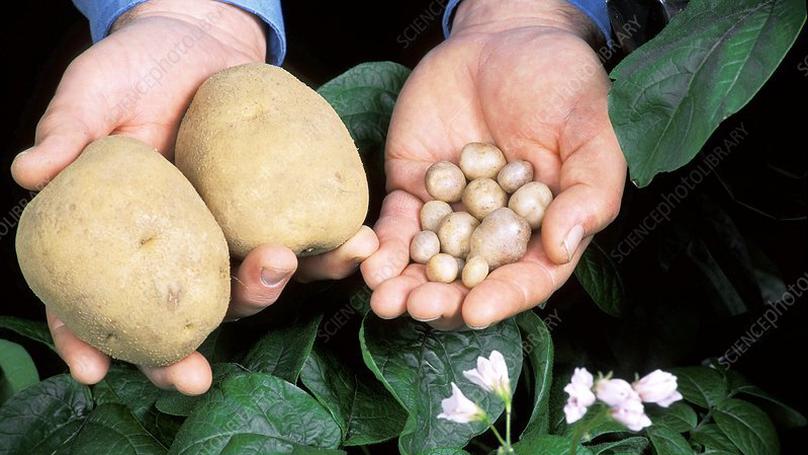
BACKGROUND: Plant resistance to insects can be reduced by crop domestication which means their wild ancestors could provide novel sources of resistance. Thus, crossing wild ancestors with domesticated crops can potentially enhance their resistance against insects. However, a prerequisite for this is identification of sources of resistance. Here, we investigated the response of three wild potato (Solanum stoloniferum Schltdl.) accessions and cultivated potato (Solanum tuberosum) to aphid (Myzus persicae Sulzer) herbivory. RESULTS: Results revealed that there was a significant reduction in aphid survival and reproduction on wild potato accessions (CGN18333, CGN22718, CGN23072) compared to cultivated (Desiree) potato plants. A similar trend was observed in olfactometer bioassay; the wild accessions had a repellent effect on adult aphids. In contrast, among the tested wild potato accessions, the parasitoid Diaeretiella rapae (M’Intosh) was significantly attracted to volatiles from CGN18333. Volatile analysis showed that wild accessions emitted significantly more volatiles compared to cultivated potato. Principal component analysis (PCA) of volatile data revealed that the volatile profiles of wild and cultivated potato are dissimilar. β-Bisabolene, (E)-β-farnesene, trans-α-bergamotene, D-limonene, (E,E)-4,8,12-trimethyl-1,3,7,11-tridecatetraene (TMTT), and p-Cymen-7-ol were the main volatiles contributing to the emitted blends, suggesting possible involvement in the behavioural response of both M. persicae and D. rapae. CONCLUSION: Our findings show that the tested wild accessions have the potential to be used to breed aphid-resistant potatoes. This opens new opportunities to reduce the aphid damage and to enhance the recruitment of natural enemies.
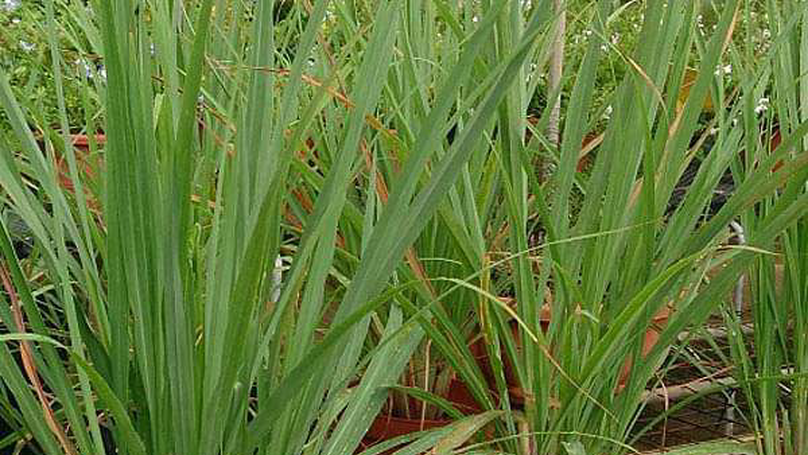
The prominent cultivation of lemongrass relies on the pharmacological incentives of its essential oil. The lemongrass essential oil (LEO) has a significant amount of citral (mixture of geranial and neral), isoneral, isogeranial, geraniol, geranyl acetate, citronellal, citronellol, germacrene-D, and elemol in addition to numerous other bioactive compounds. These components confer various medicinal activities to LEO including antifungal, antibacterial, antiviral, anticancer, and antioxidant properties. These attributes are commercially exploited in pharmaceutical, cosmetics, and food preservations industries. Furthermore, the employment of LEO in the treatment of cancer opens a new vista in the field of therapeutics. Although different LEO components have shown promising anticancer activities in vitro, these effects have not been assessed yet in humans. Further studies on the anticancer mechanisms exerted by lemongrass components are required. The present review intends to provide a timely discussion on the relevance of lemongrass extracts in cancer and health treatment, and in food industry applications. The prominent cultivation of lemongrass relies on the pharmacological incentives of its essential oil. The lemongrass essential oil (LEO) has a significant amount of citral (mixture of geranial and neral), isoneral, isogeranial, geraniol, geranyl acetate, citronellal, citronellol, germacrene-D, and elemol in addition to numerous other bioactive compounds. These components confer various medicinal activities to LEO including antifungal, antibacterial, antiviral, anticancer, and antioxidant properties.
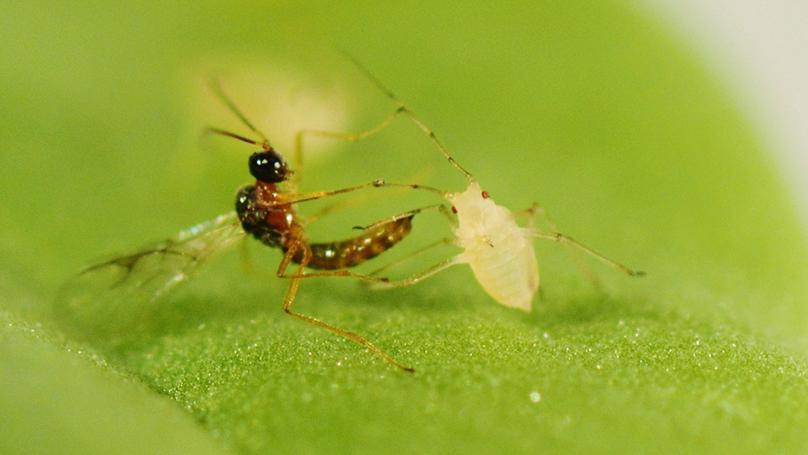
There is a need to develop new ways of protecting plants against aphid attack. Here, we investigated the effect of a plant defence activator, cis-jasmone (CJ), in a range of cultivars of Brassica napus, Brassica rapa and Brassica oleracea. Plants were sprayed with cis-jasmone or blank formulation and then tested with peach potato aphids (Myzus persicae Sulzer) (Hemiptera: Aphididae) and their parasitoid Diaeretiella rapae (M’Intosh) (Hymenoptera: Braconidae). CJ treated plants had significantly lower aphid settlement than control plants in a settlement bioassay. Conversely, in a foraging bioassay, D. rapae parasitoids spent a significantly longer time foraging on CJ treated plants. Our results reveal that CJ treatment makes plants less attractive to and less suitable for M. persicae but more attractive to D. rapae in a range of brassica cultivars. It is likely that these effects are due to changes in volatile emission indicating activation of defence and presence of conspecific competitors to aphids but presence of prey to parasitoids. Increases in volatile emission were found in CJ induced plants but varied with genotype. Among the synthetic volatile compounds that were induced in the headspace of CJ treated brassica cultivars, methyl isothiocyanate, methyl salicylate and cis-jasmone were most repellent to aphids. These results build on earlier studies in Arabidopsis and show that tritrophic interactions are influenced by CJ in a wide range of brassica germplasm. The implication is that CJ is a promising treatment that could be used in brassica crops as part of an integrated pest management system.
Contact
- j.alirana@yahoo.com
- +44 7551 550332
- 41, Haywood Street, Stoke-On-Trent, Staffordshire ST4 2RB
- Monday to Friday 08:30 to 17:30
- DM Me
- Skype Me
